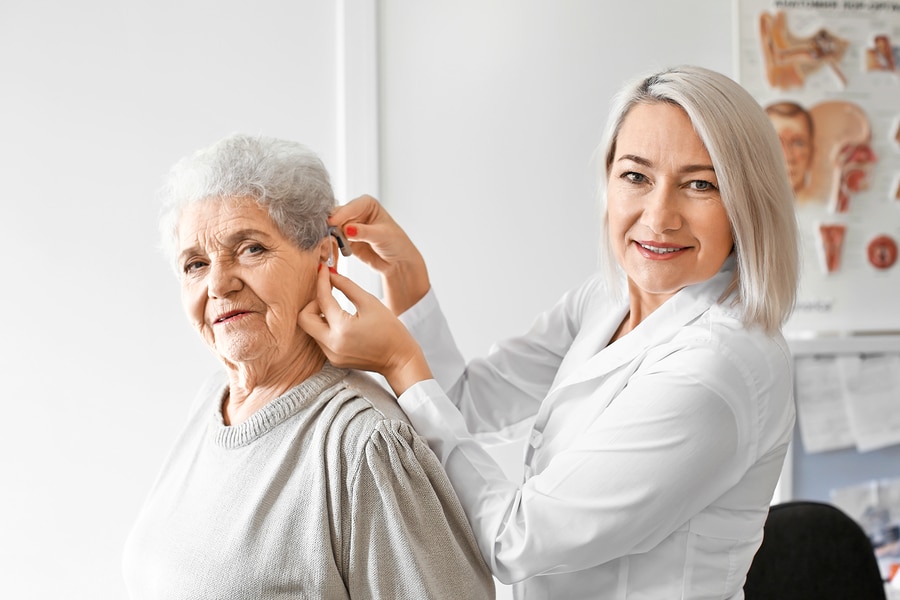A sound quality study conducted by Earlens was recently published in Hearing Review (February, 2020). This study was an exciting endeavor as it was the first Earlens study designed to directly compare the sound quality percept of the wide bandwidth of Earlens to acoustic hearing aids. Throughout clinical trials back in 2014 to support FDA clearance, participants had expressed a clear and distinct improvement over their air conduction hearing aids. But the clinical trials were designed to demonstrate safety and performance, not superiority over other devices. Inspired by these anecdotal reports of sound quality, the goal of this first comparative study was to find a tool that could capture the essence of these reports in a controlled manner using subjective rating data. A secondary goal was to be able to recommend a time-efficient survey that could be used in clinics fitting Earlens.
Envisioned as a pilot study, the intent was to find a tool that would be both sensitive enough to differentiate between technologies with different bandwidths, and efficient for clinical use. The procedural weakness of using participant’s existing “as is” hearing aids as the comparison was acknowledged, mitigated by real-ear characterization and the option to exclude if the fitting was judged by an experience audiologist as grossly inappropriate for the hearing loss. The “as is” hearing aids were accepted for use in pilot work with the expectation that any tool to come out of the work would be tested more extensively and rigorously in the future.
A challenge regarding choice of a tool, was to find a set of questions focused on sound quality. There are many published subjective hearing aid questionnaires but most cover a wide range of topics, with sound quality being the focus of perhaps only 3-5 items. Rather than administer a number of these questionnaires in their entirety, and discard most of the data as not relevant, we extracted questions that were most clearly related to sound quality. In addition, we focused on questionnaires that had previously been shown to differentiate between different acoustic devices.
The Speech, Spatial and Qualities of Hearing survey (SSQ) was an easy choice, as it has both been successfully used to differentiate technologies, and has a large 16-item sound quality sub-section. We hypothesized that the continuous response scale would allow for the detection of more subtle differences. The Device Oriented Subjective Outcome Scale (DOSO) comes out of a laboratory with a long and rich history of high quality subjective questionnaire development. A handful of extracted questions inspired the addition other similar questions to probe other sound quality situations as it pertains to music, speech, children’s speech, and environmental sounds. For example, a DOSO question is “How good are the hearing aids at making music pleasant?” We expanded upon that to probe other dimensions of sound quality, such as richness/fullness, clarity, and naturalness.
The resulting questionnaire successfully and significantly differentiated between Earlens and air conduction hearing aids, as shown in our February 2020 article in Hearing Review. Further work may show that an even briefer questionnaire is sufficient.
Tanya Arbogast, ScD, is a research audiologist consultant for Earlens Corporation. She was the on-site research audiologist at Earlens headquarters throughout clinical trials and beyond, and prior to that had extensive experience with clinical research involving novel hearing solutions.



